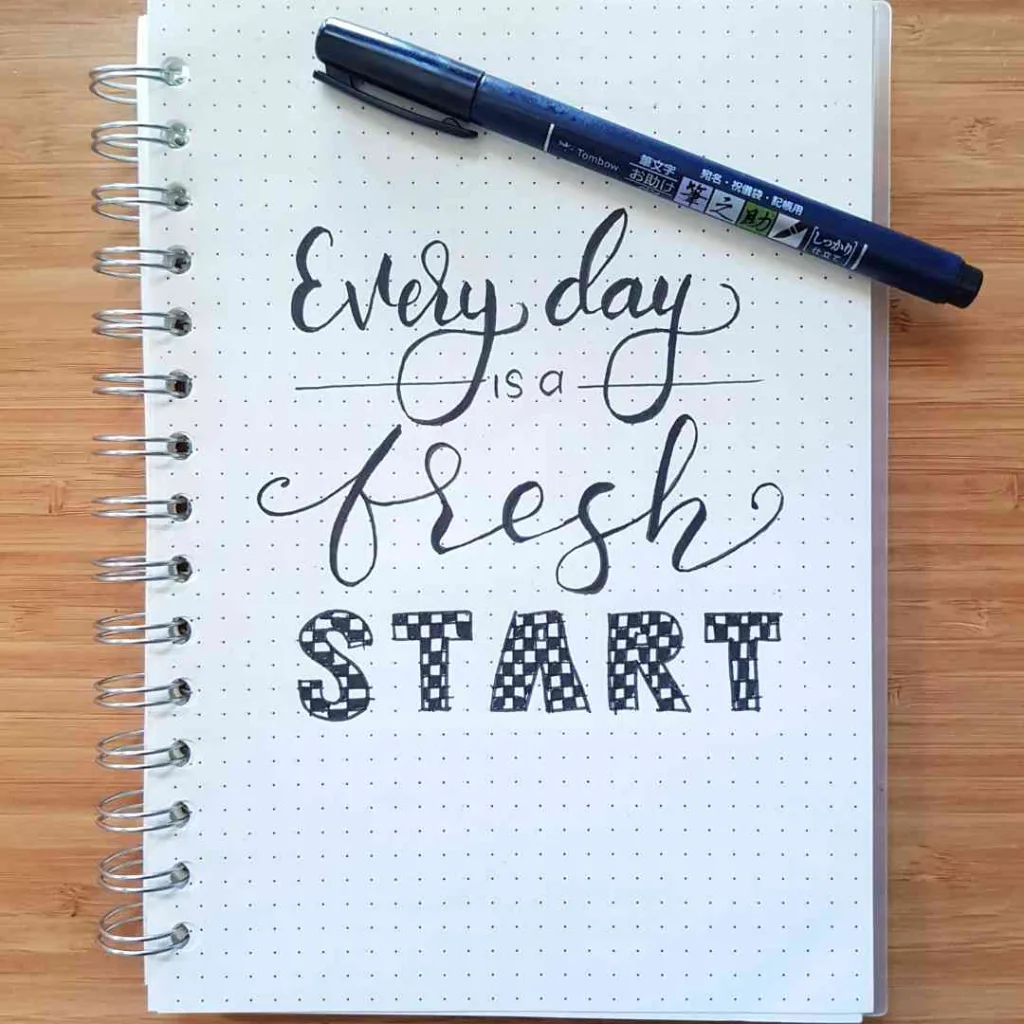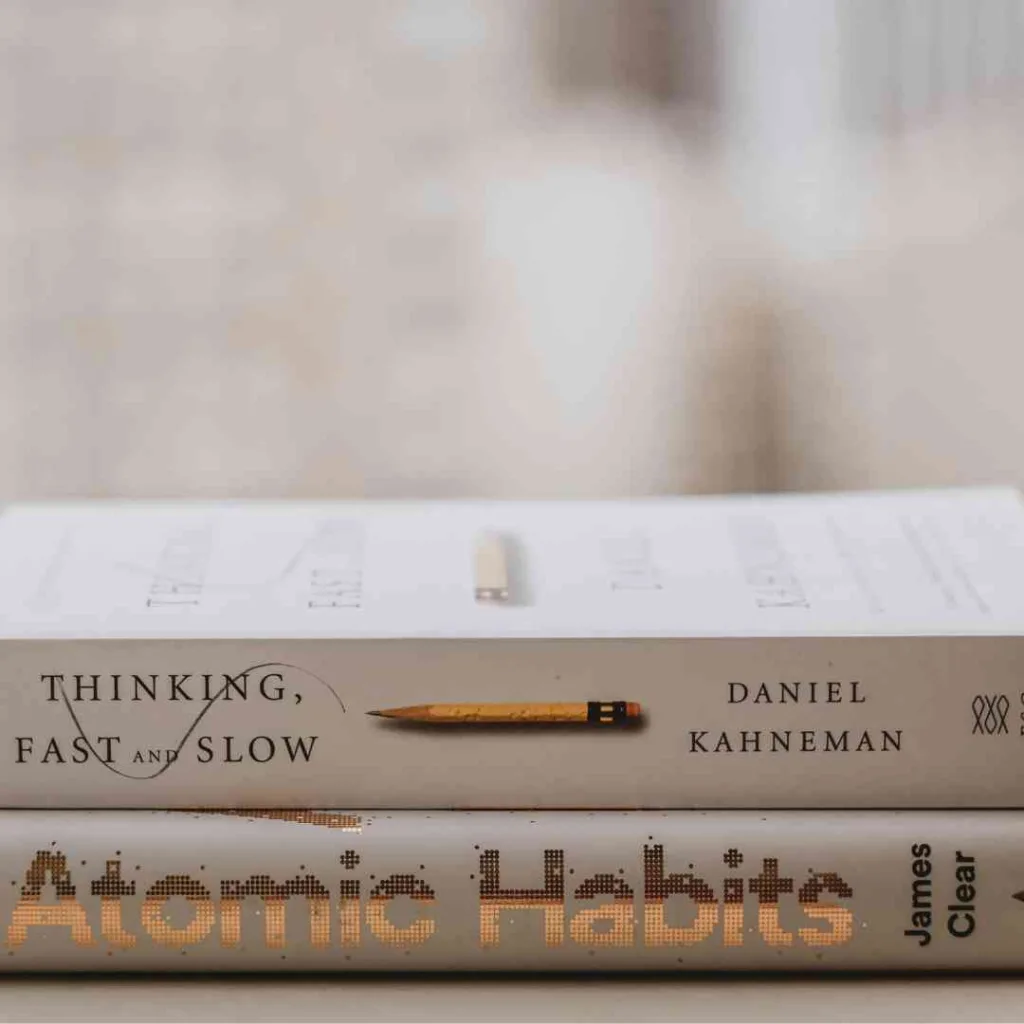Let’s be honest, change is tough. We all have those areas in our lives that resemble a dusty attic – full of good intentions but gathering cobwebs and a bunch of boxes that you haven’t opened in at least a decade. Maybe you dream of conquering that 5K, finally exploring a new language, or prioritizing fueling your body with something that will start you off and sustain you for the day ahead. But those pesky limiting beliefs keep whispering, “No, that’s just not you.”
The key to lasting change isn’t just willpower, it’s addressing the underlying beliefs holding you back.
Introducing the Self-Improvement Framework:
Lasting change is like completing a complex puzzle. Each piece represents a key part:
- Motivation – the overall picture you’re working towards
- Behavior – the individual puzzle pieces you put together
- Emotions – the satisfaction of seeing the picture come together or frustration during setbacks
- Mind – your problem-solving skills to find the right pieces
- Body – the physical effort of putting the pieces together
All the pieces need to fit in the right place to create the complete image – change.
1. Motivation: Find Your Inner Why
Think of motivation as the engine that propels you forward. What’s the real reason you want this change? Dig in, and dig deep. Feeling confident and comfortable in your own skin (which is way more stylish than any pair of jeans). Enjoying quality time with your family without feeling drained because we all know that parenting is a marathon, not a sprint. Mastering a new skill you’ve always been curious about because learning is a lifelong adventure, even for busy adults.
But don’t forget to acknowledge the voice of resistance too. Why haven’t you made this change before? Maybe the gym is full of scary weightlifters, which they’re probably not judging you because they’re just focused on their own gains, but hey, self-doubt is a thing. You stare at the blank canvas or computer screen with a sinking feeling. Inspiration seems to have vanished without a trace. Then you start to doubt whether you have any creative vision at all.
2. Behavior: Building New Routines
You may be stuck on what feels like a merry-go-round not going anywhere. So, let’s talk about behavior – the actual actions you take. We all have those go-to comfort zones. Maybe it’s reaching for your phone to check out everyone’s highlight reel on Instagram instead of going for your running shoes. Identify these behaviors and ditch them like a bad habit, which is easier said than done, we know.
Here’s the trick: replace those comfort zones with “reconstructed behaviors.” These are small, enjoyable actions that replenish your willpower. Think taking a walk in nature, which can just be around your neighborhood, or grabbing coffee with a friend, especially someone you haven’t connected with in a while. Building these new behaviors into your routine is key to keeping this goal of change in motion.
3. Emotions: Feel the Feels, Then Deal
Ever notice that surge of excitement after you nail a challenging task? Or the slump in your shoulders when faced with a setback? Those are your body’s emotional signals.
If you’re feeling overwhelmed by a big goal, take a step back and listen to what your emotions are telling you. Maybe it’s fear of failure, or maybe it’s a sign the goal needs to be broken down into smaller steps.
4. Mind: Unclutter Your Thoughts
Our thoughts are like the filter through which we see the world. Sometimes, that filter needs a good cleaning. Are you stuck in a loop of negative self-talk? “I’m not good at this” or “I’ll never learn this skill”? Challenge those thoughts!
Dig deeper and see if there are any limiting beliefs holding you back. Maybe a bad experience in the past convinced you “you’re just not good at this.” Reframe those beliefs. Focus on the enjoyment of learning and the progress you’re making, not just the final goal. The journey itself is full of valuable experiences.
5. Embodied Past: Rewrite Your History (Well, Sort Of)
We’ve all had experiences that left us feeling defeated. But here’s the thing: you get to choose how those experiences shape you. Instead of letting them define you, unpack the emotional baggage they carry. Was it fear of failure that caused the test anxiety? Was it that time you got up in front of a small group to talk and after you finished you immediately felt this obsession about what you should or shouldn’t have said about the topic?
Once you understand the root cause, you can rewrite the story. Imagine yourself calmly acing that test or delivering a captivating talk with confidence. And just keep in mind that getting up and speaking in front of even the smallest group of people just takes practice. It will get better. By reframing these past experiences as stepping stones, you gain the power to move forward with a positive outlook.
The Takeaway: Keep Moving Forward and Building Each Day
The self-improvement framework might seem more like a complex labyrinth, but with a little practice, the path to self-improvement is a voyage of discovery. It’s normal to feel lost or unsure at times. However, by embracing the learning process and using these frameworks as a guide, you’ll become empowered to navigate your own unique journey. Remember, all five parts of the wheel need to work together for lasting change. So, continue to get back up (even if you don’t want to), dust yourself off, be kind to yourself, and continue to practice. This investment is all for a better you.

